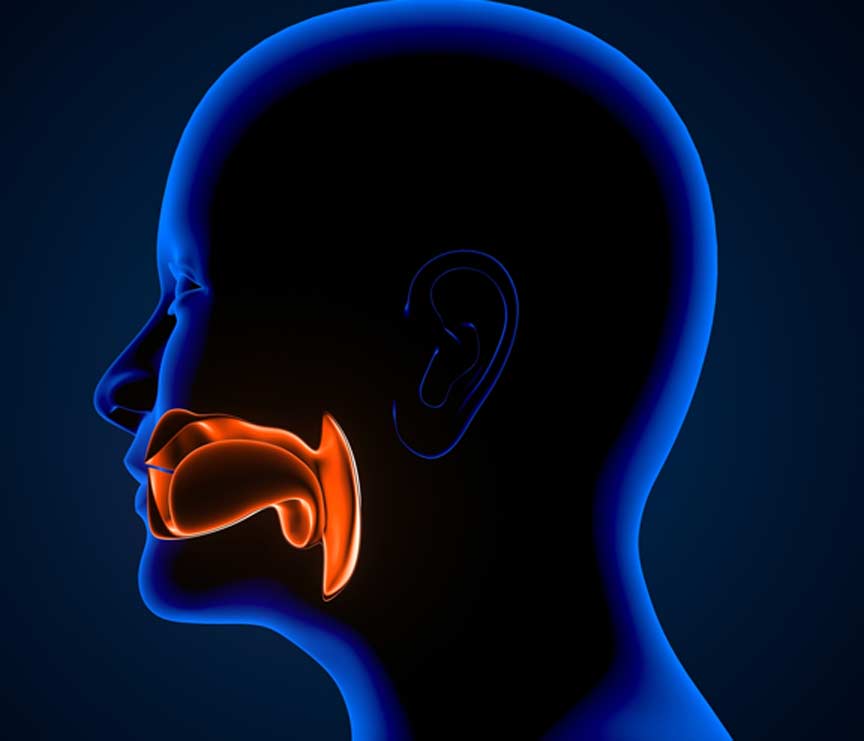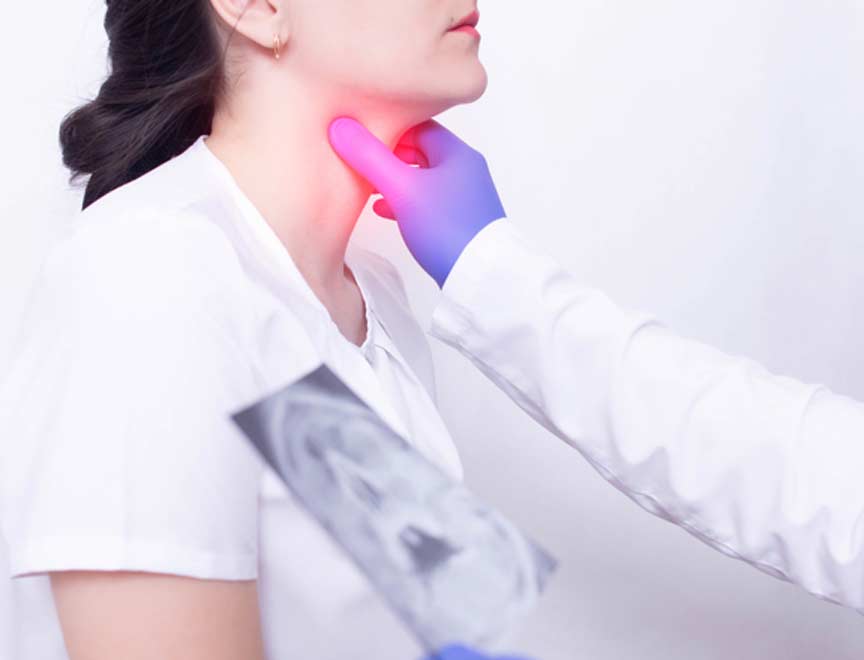
An adenoidectomy can relieve many of the same problems that a tonsillectomy can resolve. However, it can also be performed by itself under unique circumstances.
Millions of children undergo tonsillectomies in the U.S. Out of that number, a significant portion will also have adenoidectomies performed at the same time.
You can prepare your child for an adenoidectomy by learning what it is and why it is performed today.
What is an Adenoidectomy?
An adenoidectomy is the surgical removal of the adenoid glands. These glands are located on the roof of the mouth right behind the nose. They are a soft tissue that are part of the immune system and typically shrink as a child gets older.
When they function correctly, they protect the body from viruses and bacteria. However, they can also become infected from these agents and become swollen.
Once they swell, they can block a child’s breathing and cause other side effects like sleep apnea as well as ear and throat pain. The most effective remedy to swollen and infected adenoids is to surgically remove them.


How is an Adenoidectomy Done?
An adenoidectomy is most often performed as an outpatient procedure. It is done under general sedation.
Once your child is asleep, the surgeon will use a scalpel to remove the adenoids. He or she could alternatively use a cauterization device to remove the tissue and seal off the area from bleeding and infection.
If a scalpel is used, your child will have stitches in the top of his mouth after the surgery. However, stitches are not necessary with cauterization.
After the operation, your child will remain in recovery for an hour or two for observation. He or she will then be discharged to go home.
Adenoidectomy Recovery
The typical recovery time for an adenoidectomy is around two weeks. During this time, your child could experience side effects like:
- Sore throat
- Mild fever
- Mouth breathing
- Nausea
- Headache
- Ear pain
The child’s surgeon will prescribe a pain reliever to manage many of these symptoms.
It is also important for your child to rest and to remain hydrated after the surgery. He or she should eat soft foods like soup and gelatin that will not irritate the top of his or her mouth or bother the sutures or scabs where the adenoids were once located. The surgeon will require your child to come in for a follow-up examination at Nasal & Sinus Surgery Center within three weeks after the surgery to ensure that he or she is healing well.
An adenoidectomy is a common childhood operation that millions of children undergo each year. Still, as a parent, you want to know what this outpatient procedure entails and what benefits it can offer to your son or daughter. It can relieve some of the worst side effects of suffering from enlarged adenoids and make activities like breathing and swallowing easier as well as less painful.
